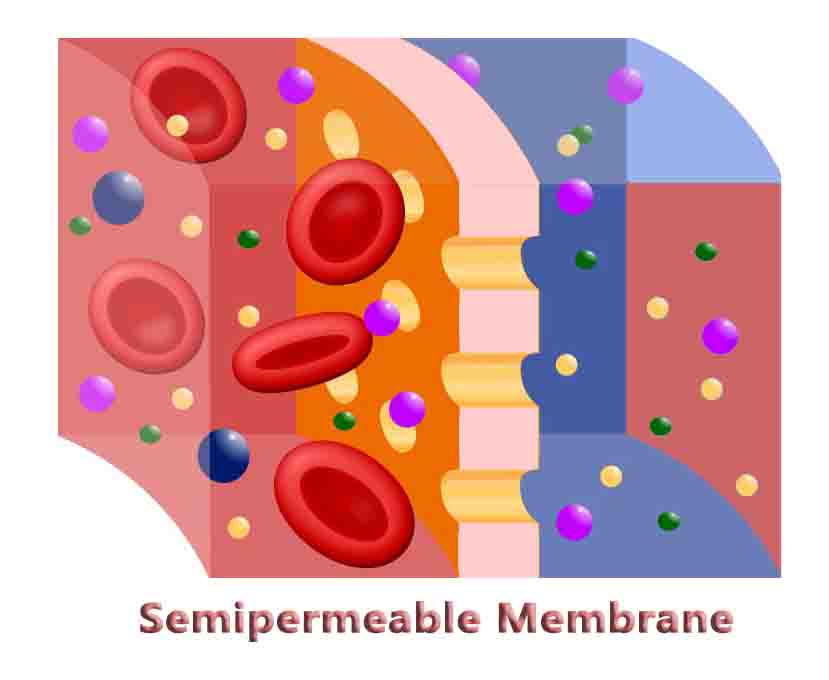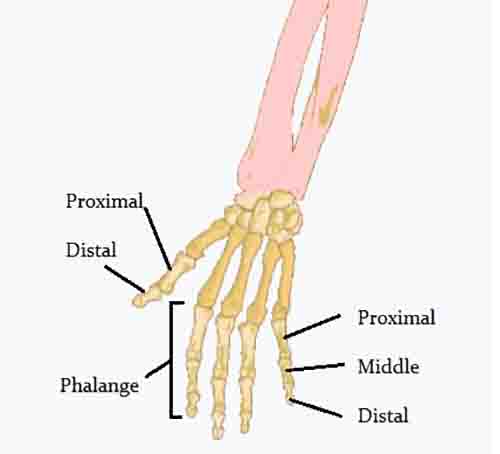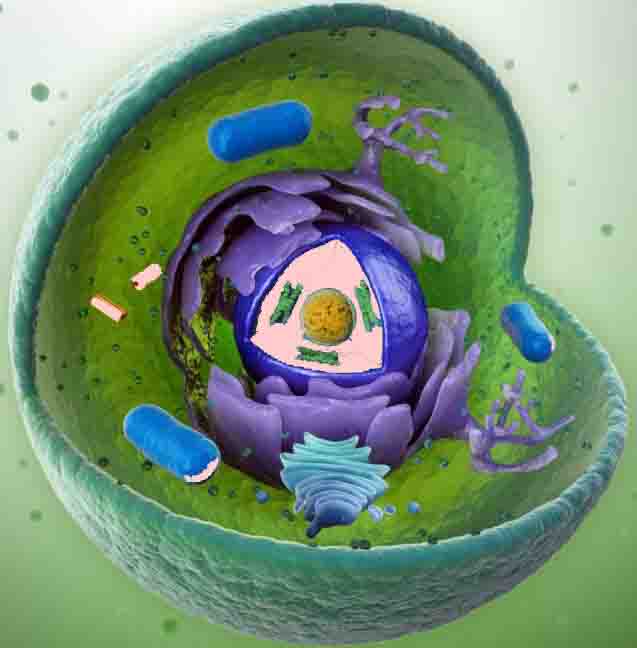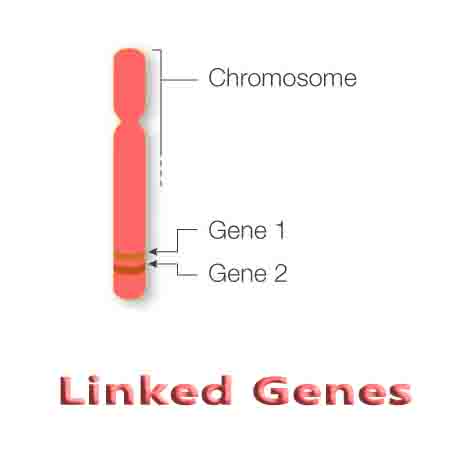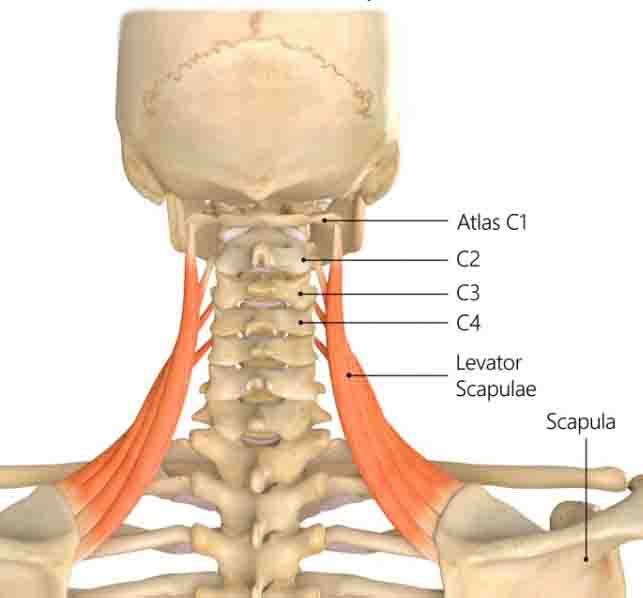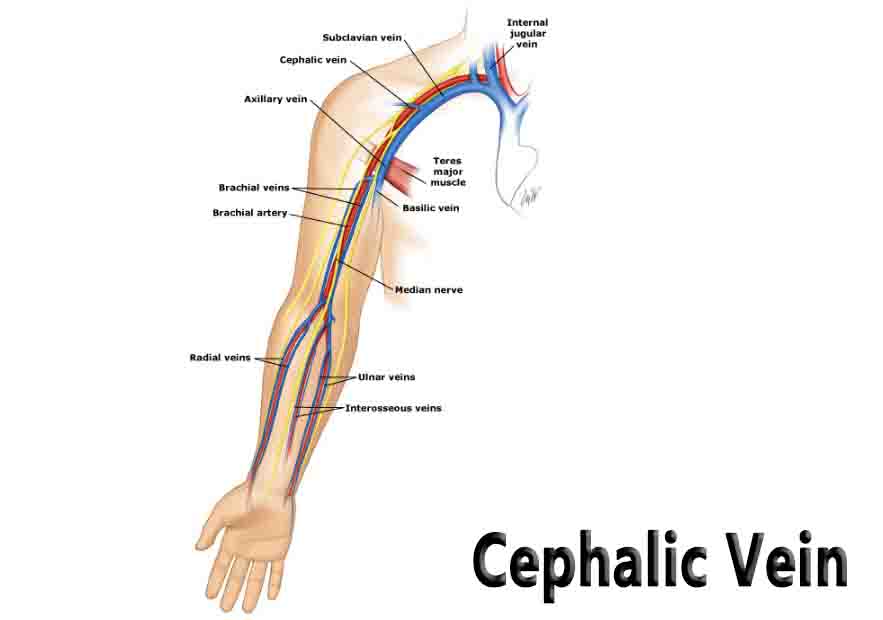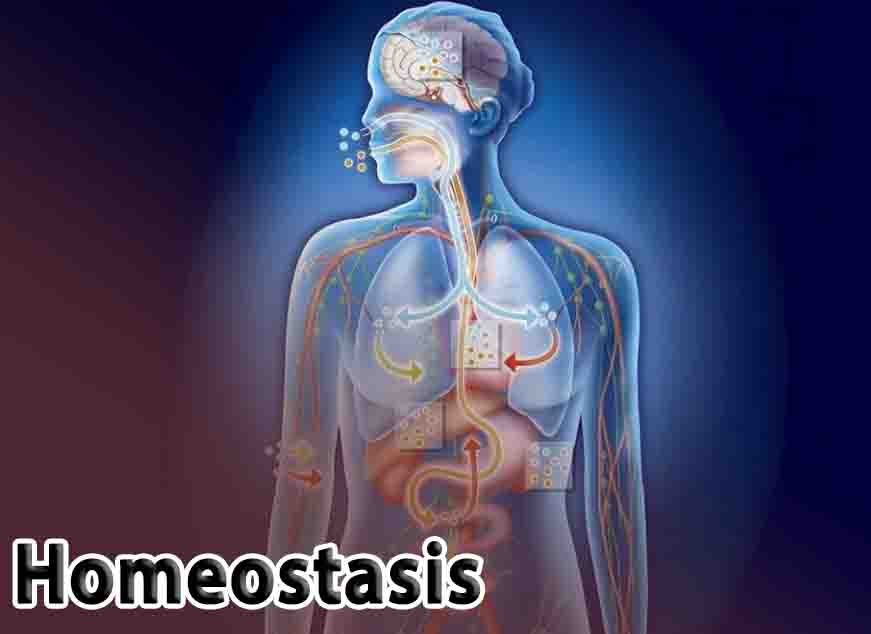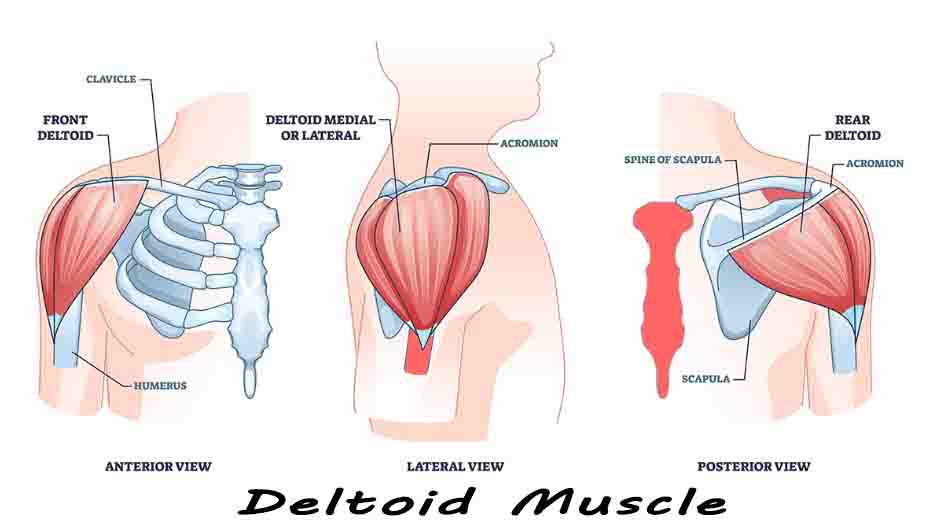Semipermeable Membrane
Semipermeable Membrane Definition A semipermeable membrane is a layer that only certain molecules can pass through. Semipermeable membranes can be both biological and artificial. Artificial semipermeable membranes include a variety of material designed for the purposes of filtration, such as those used in reverse osmosis, which only allow water to pass. The biological membranes of … Read more

